|
As a young girl in elementary school, I attended a moderately small school—about sixty students in a grade level split into two classrooms. Each year, with the coming of a new grade, the class of students would get mixed up, and I’d usually have to make new friends. For some reason, I always gravitated toward meeting the students completely new to the school. At some point all of us have felt left out in one way or another, and I always wanted to make sure these new students didn’t feel ignored or out of place. This prompting to want others to feel included and like they belong has always stuck with me. I felt this most especially when I began to open my first house to a small women’s group gathering about once a week. At first, I was nervous to open my home to people I didn’t know or didn’t know well. But after my first few hosting opportunities, I found it to be something I enjoyed tremendously. I began to seek out additional chances for hosting themed activities, such as a Lenten soup and salad potluck or what has now turned into an annual cookie party tradition during Advent. And the best part: making new and lifelong friends. During the start of the Covid-19 pandemic, I moved to a new city. That meant a new home, new neighborhood, new church, new friends, etc. Years of isolation during the pandemic has made it difficult to meet people when you start over after a move. Last year, I decided to try something new—hosting a “Blessed Brunch” for local Catholic women at my new home. I hardly knew most of the women who attended the brunch, but I’ve walked away from that event with wonderful new friends and connections at local parishes. A month later, one of the women from the Blessed Brunch invited me to a small women’s group. This group has been a wonderful source of comfort and friendship to me over the last year. We each take turns hosting the monthly gathering, inviting others we know who may be interested in joining us. A woman from this group always asks if she can invite a friend in need of community whenever we host additional gatherings outside of the small group. I find this to be a very touching gesture and one that encourages me to think of additional people in need of community around me. I love this about hospitality: in the action of making our homes—and hearts—open to others through hospitality, we become more selfless by making room for and serving others. By being welcoming, we share what we have, whether that be food, time, or a willingness to listen and comfort. These small actions reflect God’s love for us. Jesus’ parable of the Good Samaritan is a classic example of how one man made himself vulnerable and available to the needs of another—an act of both generosity and hospitality. In contrast, when we serve out of a feeling of obligation, the joyfulness and warmth of giving in that hospitality is lacking. During Jesus’ public ministry, he and his disciples relied on the hospitality of others as they ministered to others. “Without cost you have received; without cost you are to give,” Jesus said (Mt 10:9-11). The early Christians relied heavily on the hospitality of other Christians who might have been strangers. As Acts 2:44-47 describes, “All who believed were together and had all things in common; they would sell their property and possessions and divide them among all according to each one’s need. Every day they devoted themselves to meeting together in the temple area and to breaking bread in their homes. They ate their meals with exultation and sincerity of heart, praising God and enjoying favor with all people. And every day the Lord added to their number those who were being saved.” As we listen to the invitations and promptings of the Holy Spirit this Lent, let us discern how we can invite Christ and others in our community into our hearts. Perhaps he is calling us to host a Lenten Bible Study small group or a Friday night soup, salad, and Stations of the Cross potluck. Maybe there is an opportunity for you to invite a catechumen or someone new to you or your church to attend an event together during the Lenten season. In the serving of others, we serve Christ himself. How might you be called to extend hospitality to others this Lent?
0 Comments
How does one “prepare for Lent” in our current world? How might you quiet your life for forty days and be as if in the desert with Christ? What could Lenten preparations look like? These are the questions I considered as I began this reflection. As a mom, wife, teacher, and Catholic woman in today’s world, my life is hectic and my focus is often driven by the next prioritized event or deadline. If we’re being honest, I don’t have forty days to be consumed by a literal or figurative desert for prayer and quiet. But is that just the kind of reasoning that society is telling me? Where do I find God in the noise?
To more easily consider Lent this year, I broke it down into four categories of my life. This Lent as a mom, I want to cherish the little joyful moments. My son is now three, and other parents may understand when I say that sometimes three is exciting and adorable, but other times it’s exhausting and I count down the minutes until bedtime. Children are the most wonderful blessing, but they are so much work too. I want to be playful with Vincent this Lent, I want to do less complaining or rushing him through things, and I want to cherish the little joyful moments. This Lent as a wife, I want to be in solidarity with my husband as we try our best to support each other with Lenten sacrifices. For me, indulgence is an area where I want to work on sacrificing until Easter. It will be challenging, but it’s easier when you have someone beside you, helping you stick to a goal or a plan, and I know we can do this for each other. Forty days is a good time to get into better habits together and put our best feet forward for the Easter season. This Lent as an educator, I want to intentionally pray for each of my students and their families. Having moved to teaching at a new school this year, I have new students and a new environment where I can share with children how precious they are. Although I’m not at a Catholic school, I can still treat each of my nineteen students with intention and consider them and their families throughout Lent. This Lent as a Catholic woman, I want to add on quiet. This, for me, will look like turning off the radio for one whole commute to or from work a few times a week. During that time, I’ll sit with God and reflect: consider my actions, my gratitude, and my intentions for my day or my evening. I’ll try to avoid just picking up the phone to call someone and complain about a bad day or listening to music to drown out the day. I want to add on quiet. Thinking back to my first questions, I still am going to find it difficult to be in quiet with God and not just find time but MAKE time for Christ. I really think that’s the difference: when we only have moments here and there to give, we’re not at peace. When we make time for Christ—schedule it into a calendar or create a time of the day for just us and God—we will feel and find his blessings that much more easily. My challenge for you is to schedule time for God each week in Lent. Priorities will still be important and life will still be hectic and busy, but we can only sit with Christ in the desert for forty days. I wouldn’t want to miss that for anything in the world. My scheduled times with God for the next forty days will be: Tuesdays on my ride home from work, Saturday mornings for a few minutes before everyone is awake, Friday mornings on my way into work, and Sundays during the Gospel and homily when I can think and reflect on the Word in Scripture. I know I can achieve these four times each week, and I know it’s not too much for my to-do list. I’ve even added them to my calendar so I can’t forget. We’re exhausted; Christ was too. We’re weary and burnt out; Jesus’ apostles were too. We’re calling out to our Heavenly Father, “Why have you forsaken me?” as Christ did (Mt 27:46). All you have to do is make time and be open. 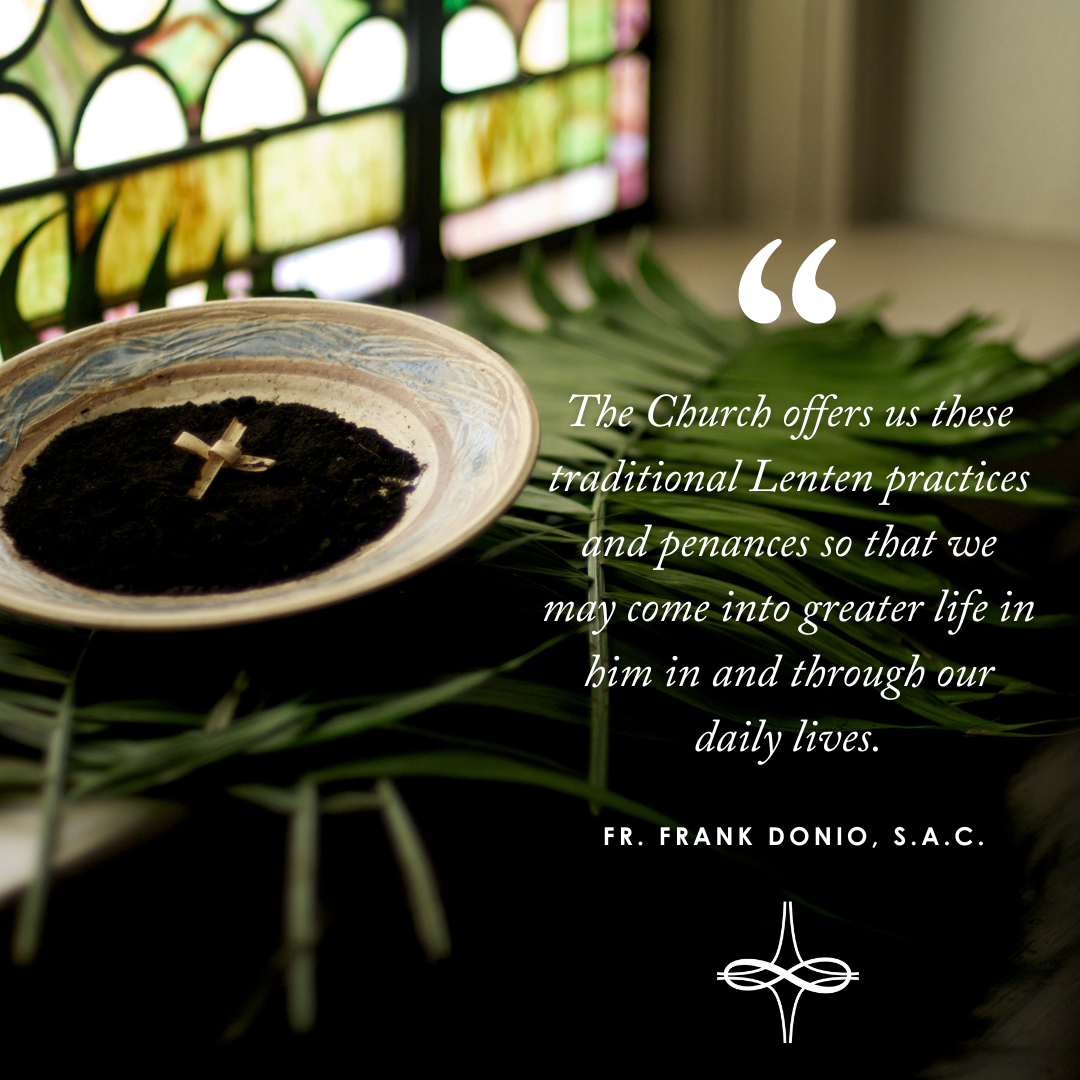 Lent is not a diet program nor is it a spiritual competition. Prayer, fasting, and almsgiving are means to an end, not ends in themselves. They are the recommended ways for us to deepen our encounter with Christ and grow in holiness. We seem to know this but when a food that we have given up for Lent is placed before us, do you say, “NOOOO, I have given it up for Lent!”? Of course, this is an exaggeration to make a point. Pope Francis in his 2023 Lenten Message focuses us on the purpose of penance during Lent. “Lenten penance is a commitment, sustained by grace, to overcoming our lack of faith and our resistance to following Jesus on the way of the cross. To deepen our knowledge of the Master, to fully understand and embrace the mystery of his salvation, accomplished in total self-giving inspired by love, we must allow ourselves to be taken aside by him and to detach ourselves from mediocrity and vanity. We need to set out on the journey, an uphill path that, like a mountain trek, requires effort, sacrifice, and concentration.” Prayer, fasting, and almsgiving do take “effort, sacrifice, and concentration.” They are also “sustained by grace.” We cannot fool ourselves into thinking that we are doing this on our own. What we are doing is cooperating with the grace of Christ who wants us to deepen our encounter with him. The Church offers us these traditional Lenten practices and penances so that we may come into greater life in him in and through our daily lives. As Pope Francis reminds us, “While our ordinary commitments compel us to remain in our usual places and our often repetitive and sometimes boring routines, during Lent we are invited to ascend ‘a high mountain’ in the company of Jesus and to live a particular experience of spiritual discipline – ascesis – as God’s holy people.” May the charity of Christ urge us on! In God, the Infinite Love, Fr. Frank Lent is one of the holiest times for our Church: the forty days of waiting for the Death and eventual Resurrection of Jesus. Beginning with Ash Wednesday, these forty days can sometimes seem to some like a blur, but to others, they can be filled with anxiety and anticipation. Throughout this season, there are many different ways in which you can prepare for this holy celebration. Some people choose to give something up, a way to imitate and participate in Jesus’ sacrifice when he went into the desert to pray and fast for forty days before later dying on the cross. Typically, you would give up something that you enjoy as a self-sacrifice or challenge. I try to give up one of my favorite treats, Diet Coke, every year and call upon the Lord for strength when I am tempted to break my challenge. But I always remind myself that it is okay if I do not succeed the whole forty days. Jesus showed extreme strength and self-discipline during his forty days in the desert—something most of us could not bear. While giving up my soda is not the same caliber of difficulty, it is just supposed to be a goal that I hope to achieve. One thing I try to implement in Lent is a way to better myself over these forty days. For example, while giving up my Diet Coke, I try to focus on substituting it with drinking more water or being active outside for half an hour at least three times a week. This way, I am working towards hitting other goals and striving for a new and improved me at the end of the season. The hope is that when we get to the end of the Lenten season, these goals become habits that we can follow after our Easter celebration. Some examples of other goals you could try to implement include: reading a chapter of a book each day, praying the rosary before bedtime, going on a mile walk every day, trying to learn more about different saints each week, attending daily Mass, or eating takeout only once a week. While these can sometimes seem similar to giving something up (i.e. only getting takeout once a week), I challenge you to reframe your thought process regarding these goals. Instead of thinking of them as a negative—giving something up—think of them as adding some sort of value to your life - after all, by offering these acts to God, they are enabling you to participate in Christ’s redemptive sacrifice, grow in self-control, and form beneficial new habits. This has been something that I have really struggled with and had to pray over. It has been hard to get out of the negative mindset and focus on transforming myself—mentally, physically, and spiritually—over the course of the Lenten season. However you prepare, I hope that you will go into this holy season with a prayerful attitude and allow yourself to experience change over the course of Lent. I encourage you to find ways to experience the season in an unfamiliar way, to explore new traditions and embrace the holiness of Lent. As we, as a Church, prepare for this Lenten season that will begin on Ash Wednesday, I invite you to take a look at our Lenten and Easter Resource Page. This resource page has many wonderful resources, such as podcasts, webinars, our newly-published “Lenten Activities For Youth and Young Adults” guide, and our “Introduction to Lent: A Time to Draw Closer to the Risen Lord” guide, which has more ideas for practices that can help you enter into the prayerful and transformative spirit of this Lenten season.
As I have gotten to work on our Feast Day website over my time working at the Catholic Apostolate Center, I have always been fascinated with saints that seemed extraordinary but whom I had never heard about before. I couldn’t believe that these saints weren’t more well known. Just when I thought there wasn’t possibly anything new I could read about in the life of a saint, I would learn something that left me awestruck. I knew we needed to add some of these lesser-known saints to our Feast Day website to help others learn about their tremendous lives. We have picked saints who are truly from all walks of life: from the early Church to the end of the twentieth century, from teenagers to those who didn’t devote themselves to Christ until the end of their lives, from artists to biochemists to hermits. I want to highlight the three we are celebrating in the remainder of February to help you become more familiar with them. Bl. Fra Angelico (February 18th) We will celebrate the feast of Bl. Fra Angelico at the end of this week. From his youth, Bl. Fra Angelico was an incredibly talented painter. Even with his skill and success, he listened to God’s call and joined the Dominicans. His time with the Dominicans allowed his artistic skills to flourish. The Dominican charism permeated all of his paintings, and he became one of the most successful painters of the early Renaissance period. I find it inspiring that while he was at the top of his field, he remained humble and committed to Christ and the Dominicans; he truly is a role model for all time. For his feast day this year, I am looking forward to looking at images of some of his most famous pieces of art and prayerfully meditating on the religious imagery and symbolism in them. Three of his works in which I always see something new are the San Marco Altarpiece, The Transfiguration, and the Madonna of Humility. Bl. Fra Angelico, Pray for Us! St. Lazarus Zographos (February 23rd) The week after Bl. Fra Angelico, we continue the artistic theme with the feast of St. Lazarus Zographos. St. Lazarus was a ninth-century iconographer and the first saint to be canonized who specifically dedicated himself to this trade. He was a renowned iconographer, which normally would bring praise and success, but he lived in a time of strict sentiment against iconography, and iconographers were persecuted throughout the Byzantine Empire. This didn’t deter St. Lazarus. He continued writing icons and even wrote them when he was in prison for doing so. While reading about St. Lazarus’ life, I learned that one should say “writing” rather than “painting” icons, because the process of creating an icon is about more than just painting; it is about the prayer, tradition, and the painting all coming together in the icon. While none of his icons exist today, for St. Lazarus’ feast day, let us learn more about his life and pray with icons from other iconographers. St. Lazarus Zographos, Pray for Us! St. Gabriel of Our Lady of Sorrows (February 27th) In the last week of the month, we will celebrate the feast of St. Gabriel of Our Lady of Sorrows. Compared to the other two saints above, St. Gabriel highlights the diversity in the lives of the blesseds and saints of the Church. St. Gabriel was a nineteenth-century Italian who suffered many illnesses and maladies in his youth. Each time he made a promise to himself that he would enter religious life if he got better. Even though he didn’t keep his promise many times, he finally did so and joined the Passionists after his sister died in the cholera epidemic. However, his life was cut short by tuberculosis when he was just twenty-three while still studying to be ordained a priest. Pope Benedict XV declared St. Gabriel the patron saint of Catholic youth as well as those studying for the priesthood. Sometimes the lives of saints who had established lives and successful careers, like Bl. Fra Angelico, can seem overwhelming. But a saint like St. Gabriel can be more relatable. Like us, he was just on his way and strove to live each and every day growing closer to Christ. For St. Gabriel of Our Lady of Sorrows’ feast, let us reflect on how we can grow closer to Christ throughout our everyday routines. St. Gabriel of Our Lady of Sorrows, Pray for Us! To learn more about the saints, visit our Catholic Feast Days Website by clicking here.
For the last two years, my parish has hosted a virtual Lourdes pilgrimage led by the Lourdes Volunteers. This prayerful experience went beyond my general understanding of Mary’s 18 apparitions to St. Bernadette in southern France during 1858. By attending this virtual pilgrimage, I felt the Virgin Mary’s call to learn more about her, and through her, to grow closer to God. A few months after attending my first virtual pilgrimage, I completed a Marian consecration with several friends. Thankfully, the team of volunteers with the Lourdes Volunteers is still hosting virtual pilgrimage experiences via broadcast on the Feast of Our Lady of Lourdes on February 11. We often think of the physical healing miracles at Lourdes, but emotional healing is also an important part of the message of Lourdes. When I attended these virtual pilgrimage sessions, the lessons of sacrifice that Our Lady shared with St. Bernadette stood out to me most. “I do not promise you happiness of this world, but of the next,” Mary said to St. Bernadette. Mary reminds us that uniting our sufferings to Jesus’ sufferings on the cross is where we find true joy. I don’t know about you, but that’s a lot easier said than done! Prayer is transformative and plays a huge part in helping get us through our earthly sufferings. Choosing love helps make sacrifice endurable. St. Bernadette taught us that suffering passes, but having suffered remains eternally. The physical and emotional sacrifices of this world are temporary compared to the glory of everlasting life in heaven with God. St. Bernadette famously said, “One who loves does not notice their trials, or perhaps more accurately, is able to love them. Love without measure.” At first, this not noticing of trials seems idealistic. But then I realized that our trials are made more bearable because of our love for another. I think of how mothers go through physical pain and exhaustion for their newborn babies, or how a father stays up at night with a sick child. I think of how husbands and wives sacrifice individual wants for the needs of each other. I think of how a friend puts their own struggles aside to help another friend going through a deep, rough patch. We can look to Mary and Jesus as examples of how to love while enduring sacrifice. “She spoke to me as one person to another,” said St. Bernadette of Mary. This conversational nature of Mary and St. Bernadette’s relationship shows us that we can easily speak to her and ask for her prayerful intercession as our mother. At Mary’s appearances to St. Bernadette, she revealed herself to be the Immaculate Conception. By allowing God to forgive us of our sins and conduct his work inside us, we are becoming more “immaculate” witnesses to God in the world. Mary emphasized the need for penance and prayer, not just for ourselves, but for the healing of all. While our travel is limited during this Covid-19 pandemic, we can still embody St. Bernadette by imagining the grotto and going there in our hearts to make a pilgrimage. Our Lady of Lourdes, pray for us. St. Bernadette, pray for us. **This post was originally published on 2/22/2021**
“Dear young people, the happiness you are seeking, the happiness you have a right to enjoy has a name and a face: it is Jesus of Nazareth, hidden in the Eucharist. Only He gives the fullness of life to humanity!” – Pope Benedict XVI, Address to Young People, Apostolic Journey to Cologne on the Occasion of the 20th World Youth Day
Growing up as a cradle Catholic, it was always easy to take the Eucharist for granted. Even though I recognized the true presence, it was tempting to see Holy Communion, adoration, and Jesus being present in the tabernacle as a bonus to the faith and not the foundation of the way I lived my life. Now that I serve in youth ministry, I see that this line of thinking too often becomes the norm for young Catholics. But what happens when young Catholics live a life centered around the Eucharist, when they allow themselves to be consumed by Christ, finding complete freedom in complete surrender? They begin to live in their identity as beloved sons and daughters. I got to witness this transformation firsthand this summer serving as a missionary with Catholic Youth Summer Camp. Every week, I watched middle school and high school students meet Jesus in the Eucharist for the first time, experiencing His love and feeling the truth of their identity in a real, tangible way. And every week after these experiences, there was a shift in the way these kids lived their lives. It was as if they were no longer afraid of being judged or not accepted by the teenagers around them; instead, they were confident in the sufficiency of the love they felt from God. When the campers started to recognize and feel the truth of their identity as sons and daughters, when they realized that they can look into Jesus in the Eucharist and physically see that truth, they no longer cared about the opinions of the people around them and would do whatever brought them joy. This often looked like the small but life-changing steps of fully entering into the Mass and worship, taking times of prayer seriously, and having childlike fun and joy throughout the day. Throughout the summer, I began to realize that the experience that these teenagers had in their first moment of encounter with Jesus, the childlike joy and freedom they experienced, is not an experience for them—or for children—alone. All of us, including You and I, are all seen by the Father as His beloved daughters and sons, and He desires to show us that truth and the love He holds for us in a real, tangible way through the Eucharist. Every time we receive Jesus into our bodies, every time we spend time gazing into His face in adoration, we give Him the opportunity to remind us of how unconditionally loved we are, how we belong with Him and nothing else. These truths give us the freedom to not fear what waits in the world, nor fear the chains of sin or worldliness. They help us recognize that there is no fear in the perfect love we experience living in Jesus Christ, and the only thing we have to worry about is following His will. When the world is not something to fear, we can recognize creation as the gift that it is and receive what the Lord has waiting for us. The next time you go to Mass or adoration, recognize that Love Incarnate is entering you in order to prove just how far He’ll go to show that you belong with Him. Allow that truth of His unconditional love and your belonging in it to shape the way you live your life, embracing the freedom He has won and given to us.
It was a sunny but cold day in October. Twenty young men in long, dark habits knelt in the big, roomy church. The melody of the old organ, played by an invisible musician, echoed through the building. That melody was unknown to me. On that day, I believed that every corner of that church and my heart were full of the melody of glory. I was one of the twenty men kneeling near the altar who had received from the hands of a priest the big silver cross. It was attached to a ribbon that was a black as coal. This was the act of my eternal sacrifice to God. In my shaking hands, I held the crucifix of the One to whom I promised to be a member of the Society of the Catholic Apostolate. I promised chastity, poverty, obedience, perseverance, the sharing of resources, and the spirit of service. I remember noticing that it was like a wedding: the melody of that song had some similarity to a wedding song, although it is possible that it was just the melody of my heart... After one year in the priesthood, I was completely immersed in pastoral work. Holy Mass, catechesis, and long lines to the confessional before Christmas and Easter filled me with happiness. Often when having conversations with people, I would ask them who Jesus was for them. Once, when I met a classmate from school, she asked what made me decide to become a priest. I tried to explain to her that it was a calling to follow God and to explain the happiness that I had in my heart. However, the more I tried to explain to her, the more I understood the weakness of my arguments to a non-believer. After that conversation, the question that Jesus made to the apostles “Who do you say that I am?” often appeared in my mind. Who is that One to whom I offered my life in the Pallottine community? I was the assistant to the parish priest near my hometown, and I was also a chaplain in a neuropsychiatric clinic where there were more than 200 men with different mental disabilities. I thought that I was used to the unusual situations that sometimes happened during Holy Mass: interruptions, babies with smiles on their faces, spontaneous and childish simple questions that they asked. However, there were still many things I was not used to, like the young burdened man at the clinic who touched the cross that I sometimes wear and asked me, “Who is that man?” I was a little confused by his question and tried to give him a simple answer—I just said that he was my friend. This answer was enough for the young man, because he understood the concept of friendship. His nurse Anna and caretaker Julia, who suffered with him in his illness, embodied friendship for him. Then I noticed that my answer was not just an answer to his question, but also to my own. “Who do you say that I am?” Friendship—this is one word with which I can describe my consecrated life. Friendship is not easy because it implies relationship, maturation, and a constant internal struggle with selfishness. I have noticed that in arduous times in my life the voice of my Friend can be heard more strongly. I have heard that voice many times throughout my Pallottine life. Maybe it was the voice of that invisible musician who played the melody in my heart while I first held the big silver cross in my hands during my final vows. I know that this voice has been calling me to bring the words of His Gospel to many different people and areas, which sometimes are very dangerous and unpredictable. I believe that—like the melody in that church where I was kneeling near the altar with my confreres—my consecrated life gains new notes, changes, and rhythms each day. It is not possible to change the melody. I just try to hear the voice of the Eternal Master, the invisible musician, for whom I have consecrated my life in the melody of His glory. This year, we celebrate World Day for Consecrated Life on February 2. For more resources to guide you through vocational discernment, please click here. To learn more about St. Vincent Pallotti and Pallottine spirituality, please click here. **This post was originally published on 2/5/2019** |
Details
Archives
July 2024
Categories
All
|
About |
Media |
© COPYRIGHT 2024 | ALL RIGHTS RESERVED





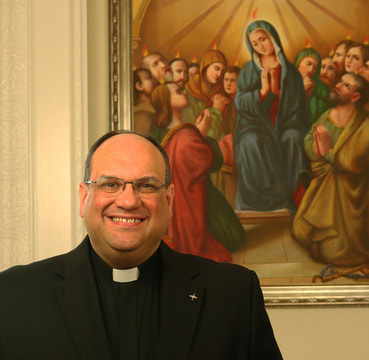
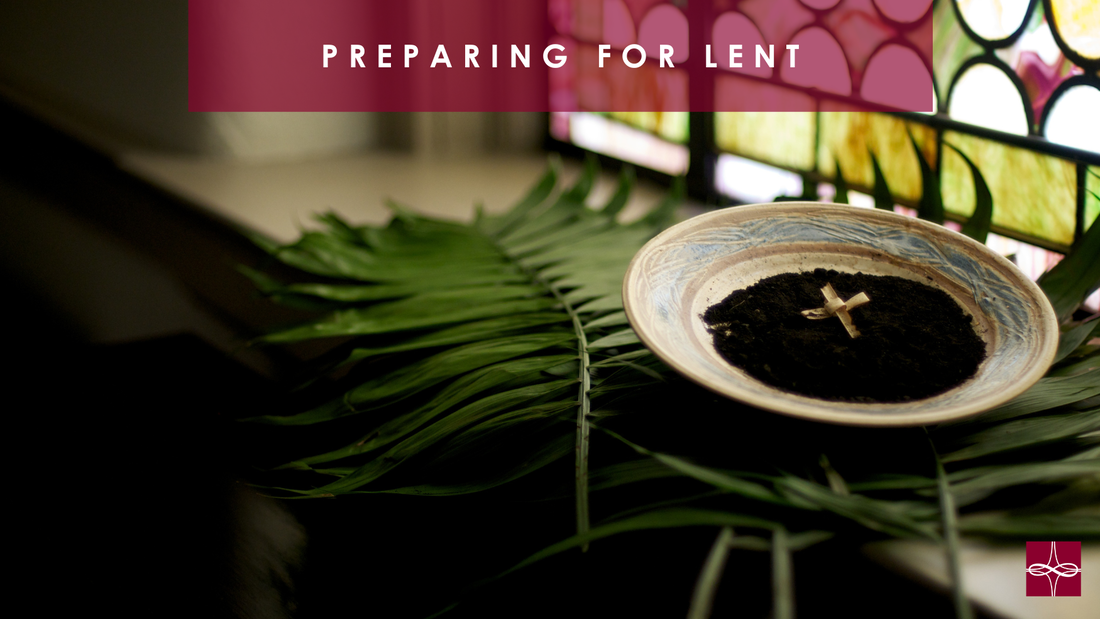

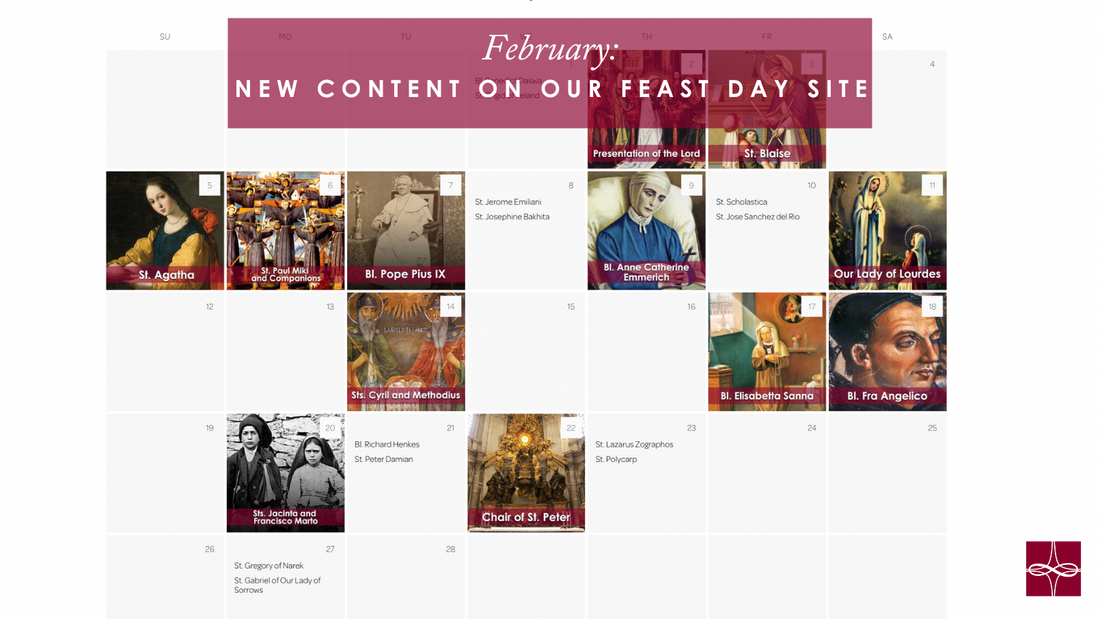

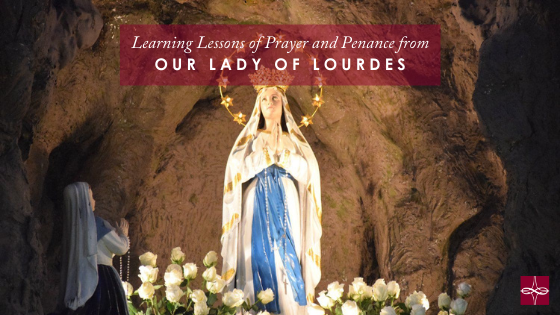
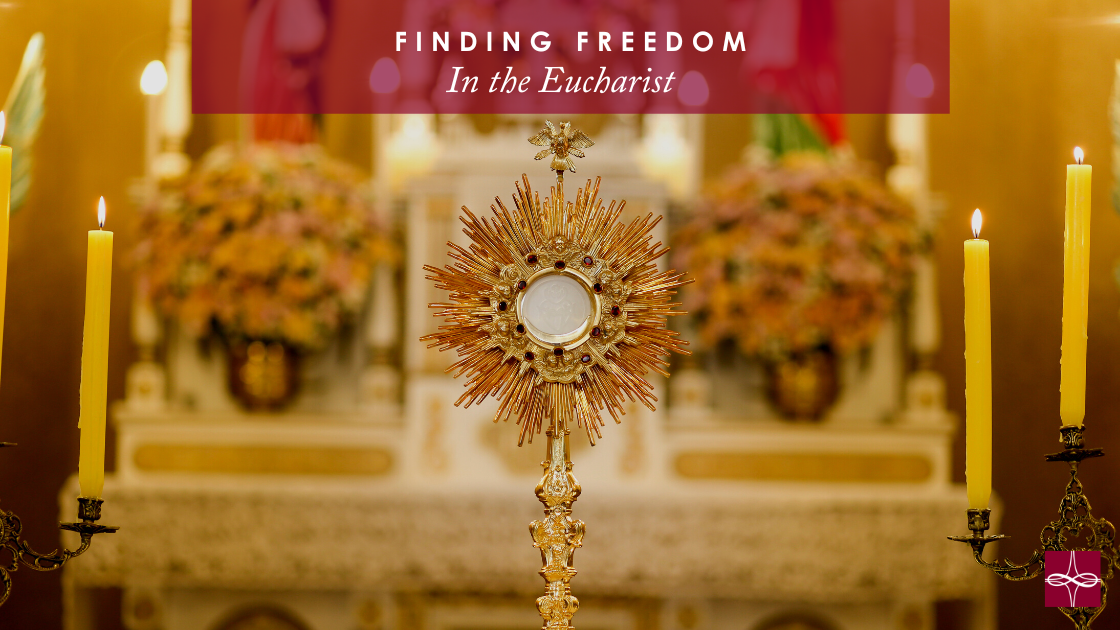

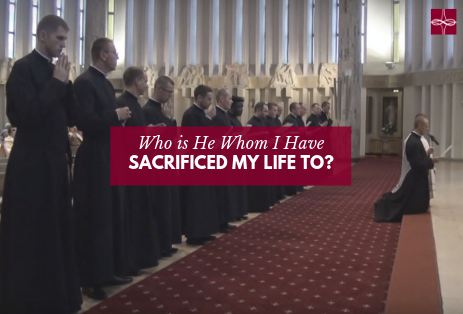

 RSS Feed
RSS Feed